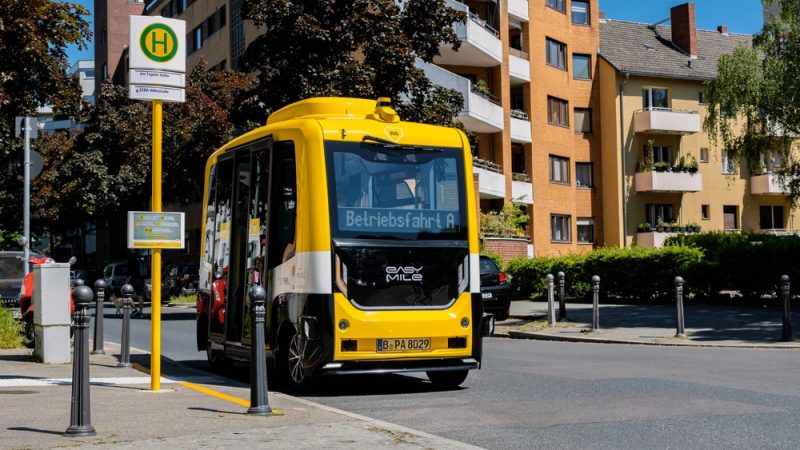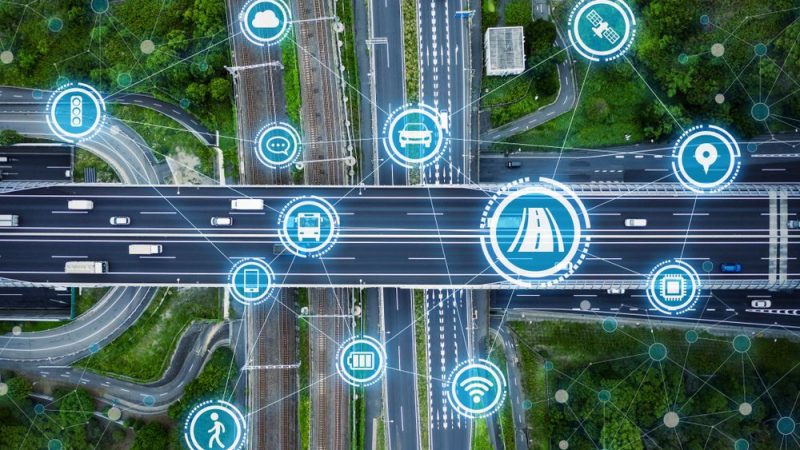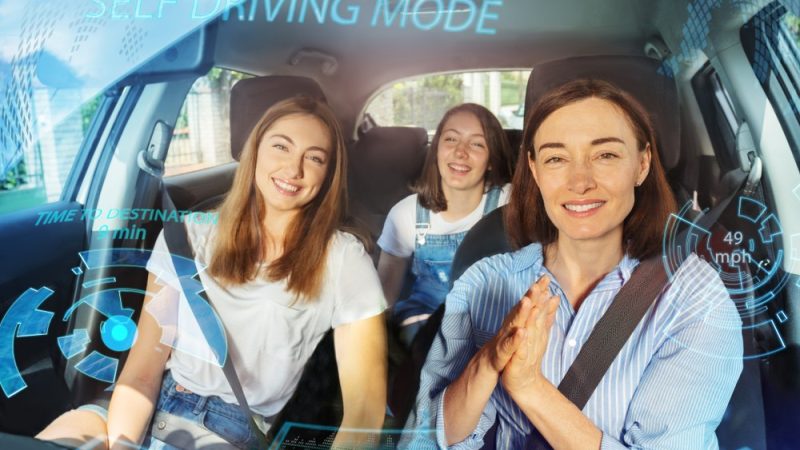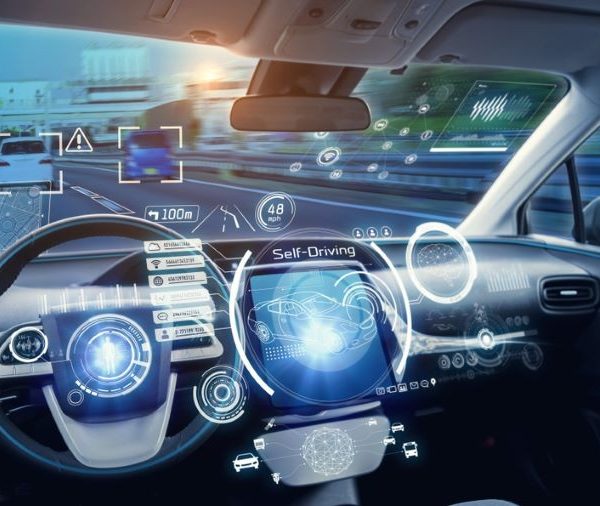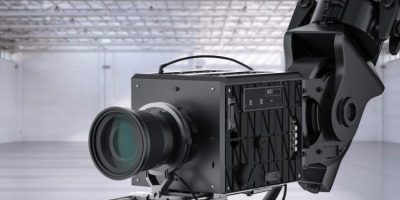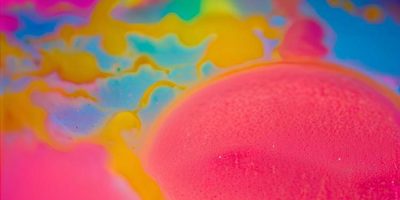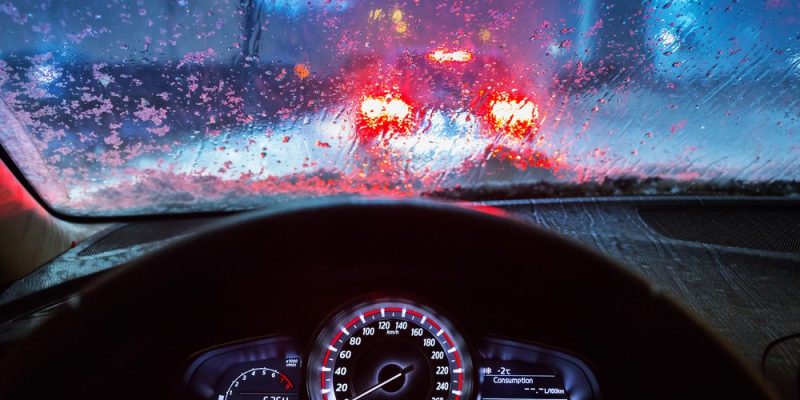
Do Self-Driving Cars See in Bad Weather?
Self-driving cars (cars powered by AI) have become a hot topic in the world of technology and transportation. They have the potential to revolutionize the way we travel, making it safer, more efficient, and more comfortable. However, one of the biggest challenges that self-driving cars face is navigating through bad weather conditions. In this article, we will explore the impact of bad weather on self-driving cars and whether they can “see” through rain, snow, fog, and other adverse weather conditions.
How Weather Impacts Self-Driving Cars
Weather can significantly impact the performance of self-driving cars. Precipitation, fog, and other weather conditions can affect the car’s sensors and cameras, leading to reduced visibility and accuracy. For instance, heavy rain or snow can obstruct the view of cameras, making it challenging for the car’s software to identify objects or obstacles on the road. Similarly, fog can reduce the range of sensors, affecting the car’s ability to detect and avoid obstacles in its path.
What is Road Risk?

Road risk is a crucial factor that self-driving cars must consider when driving in adverse weather conditions. Road risk refers to the likelihood of an accident occurring based on the current road conditions. Adverse weather conditions such as rain, snow, or fog can increase the road risk, making it more challenging for self-driving cars to operate safely. To mitigate road risk, self-driving car companies are developing new technologies and strategies that optimize for weather conditions.
Optimize for Weather Along Any Route
To optimize for weather along any route, self-driving car companies are using machine learning algorithms to analyze weather data and predict weather conditions along a route. This allows the car to adjust its speed, route, and driving behavior to adapt to changing weather conditions. For instance, if the car’s sensors detect heavy rain or snow along its route, it can slow down and adjust its trajectory to avoid potential hazards.
Better Sensors
To improve the car’s ability to “see” in bad weather, self-driving car companies are investing in better sensors. These sensors use a combination of technologies such as LIDAR, 3D imaging, and radar imaging through fog to detect objects and obstacles on the road.
LIDAR
LIDAR (Light Detection and Ranging) is a technology that uses laser beams to measure distances and create high-resolution 3D maps of the environment. LIDAR sensors can penetrate through rain, snow, and fog, allowing self-driving cars to “see” through adverse weather conditions.
3D Imaging
3D imaging is another technology that self-driving car companies are using to improve the car’s ability to “see” through bad weather. 3D imaging sensors use multiple cameras to create a three-dimensional map of the environment. This allows the car to detect objects and obstacles even in low visibility conditions.
Radar Imaging Through Fog
Radar imaging is a technology that uses radio waves to detect objects and obstacles on the road. Radar can penetrate through fog, making it useful for detecting hazards in low visibility conditions.
Tests for Car “Seeing” in Bad Weather
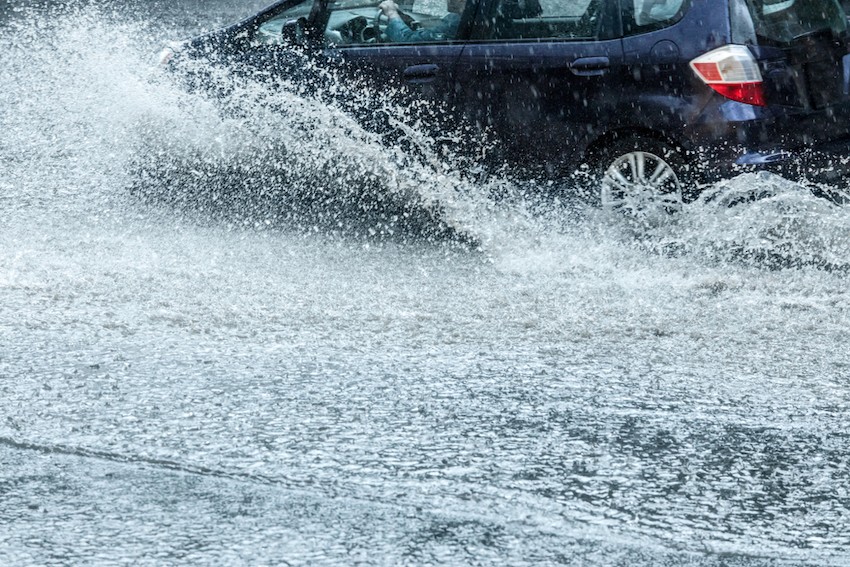
Despite the challenges posed by bad weather conditions, self-driving cars have shown promising results in initial tests. For instance, Waymo, a self-driving car company, has conducted tests in heavy rain and snow, demonstrating the car’s ability to navigate through adverse weather conditions. Similarly, Tesla’s Autopilot system uses a combination of sensors and machine learning algorithms to adapt to changing weather conditions.
What Else to Read?
Artificial intelligence has main role in the car industry today. It is used to provide drivers assistance, in the car manufacturing, for autonomous deliveries, and for autonomous vehicles. AI can also be used in car design. If you are interested to know how AI is impacting the car industry, you can read our guides.
In Conclusion
Bad weather conditions can pose significant challenges for self-driving cars. Adverse weather conditions can reduce visibility and affect the car’s ability to detect and avoid obstacles on the road. To mitigate these challenges, self-driving car companies are investing in new technologies and strategies that optimize for weather conditions. Better sensors are being used to improve the car’s ability to “see” through bad weather.
Despite the challenges, initial tests have shown promising results, demonstrating that self-driving cars have the potential to navigate through adverse weather conditions safely and efficiently. With continued advancements in technology, self-driving cars will likely become even more adept at handling adverse weather conditions in the future.





